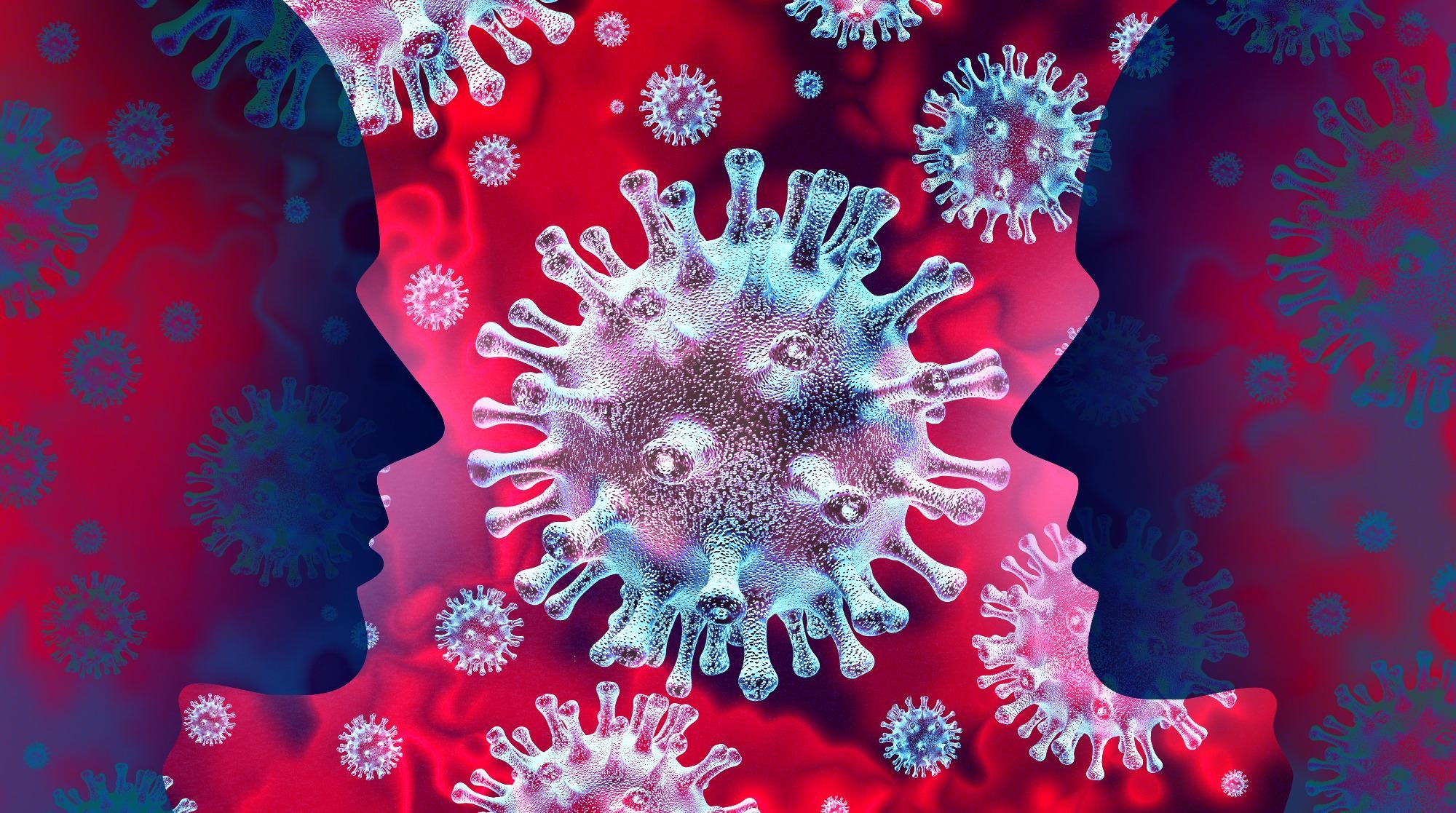The Centers for Disease Control and Prevention (CDC) has revealed a significant increase in diagnoses of attention-deficit/hyperactivity disorder (ADHD) among children in the United States in recent years, based on their latest study.
Analyzing data from over 45,000 parent responses to the 2022 National Survey of Children’s Health (NSCH), the study unveiled that in 2022, 7 million children aged 3 to 17 had received a previous ADHD diagnosis, marking a notable rise of 1 million since 2016. This translates to approximately 1 in 9 U.S. children being diagnosed with ADHD at some point in their childhood. Furthermore, 10.5% of children, equivalent to 6.5 million, were identified as having current ADHD in 2022.
Of those with current ADHD, the study found that 58.1% exhibited moderate to severe symptoms, and 77.9% had at least one co-occurring disorder, such as anxiety, depression, learning disabilities, or speech delays.
ADHD encompasses challenges with attention, hyperactivity, and impulsivity, often persisting into adulthood. Common signs include frequent daydreaming, forgetfulness, excessive talking, restlessness, difficulty socializing, and careless errors.
Diagnosing ADHD involves a comprehensive evaluation by a healthcare professional, typically a psychologist, psychiatrist, or pediatrician. While behavior therapy is often recommended, the study noted that only about half of children with current ADHD received medication, and even fewer received behavioral therapy. Additionally, nearly one-third of children did not undergo any ADHD-specific treatment.
Various factors contribute to the rising diagnoses, including increased awareness, reduced stigma, and potentially exacerbated symptoms during the COVID-19 pandemic. Challenges like medication shortages also impact treatment accessibility.
The authors emphasize the importance of utilizing these findings to enhance ADHD awareness, improve access to care, and develop tailored interventions for affected children, aiming to mitigate long-term health risks and optimize their well-being.






